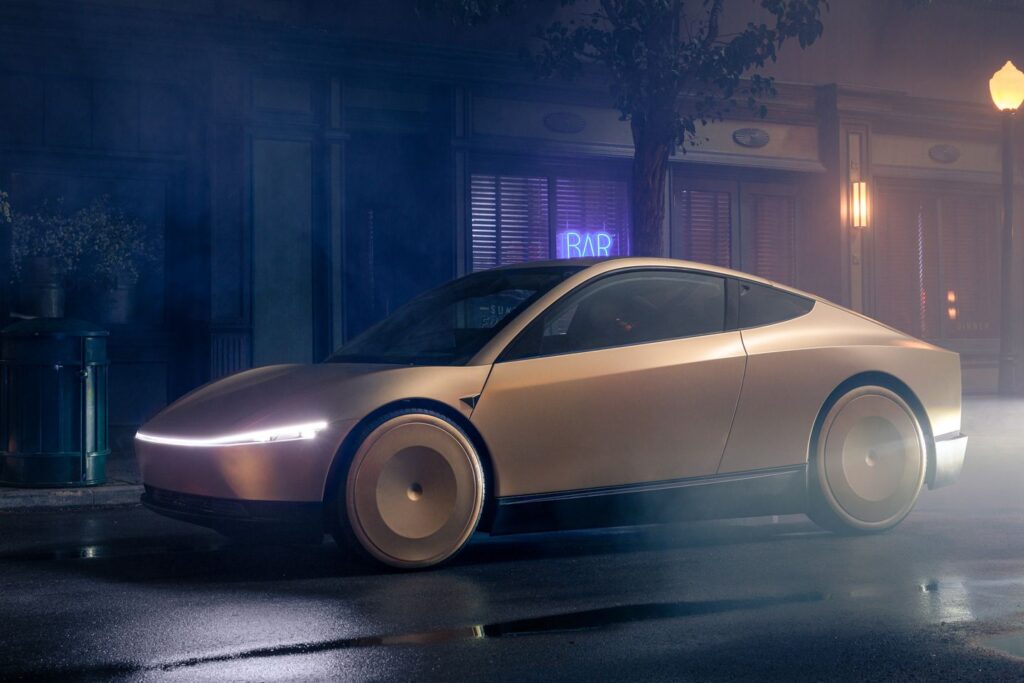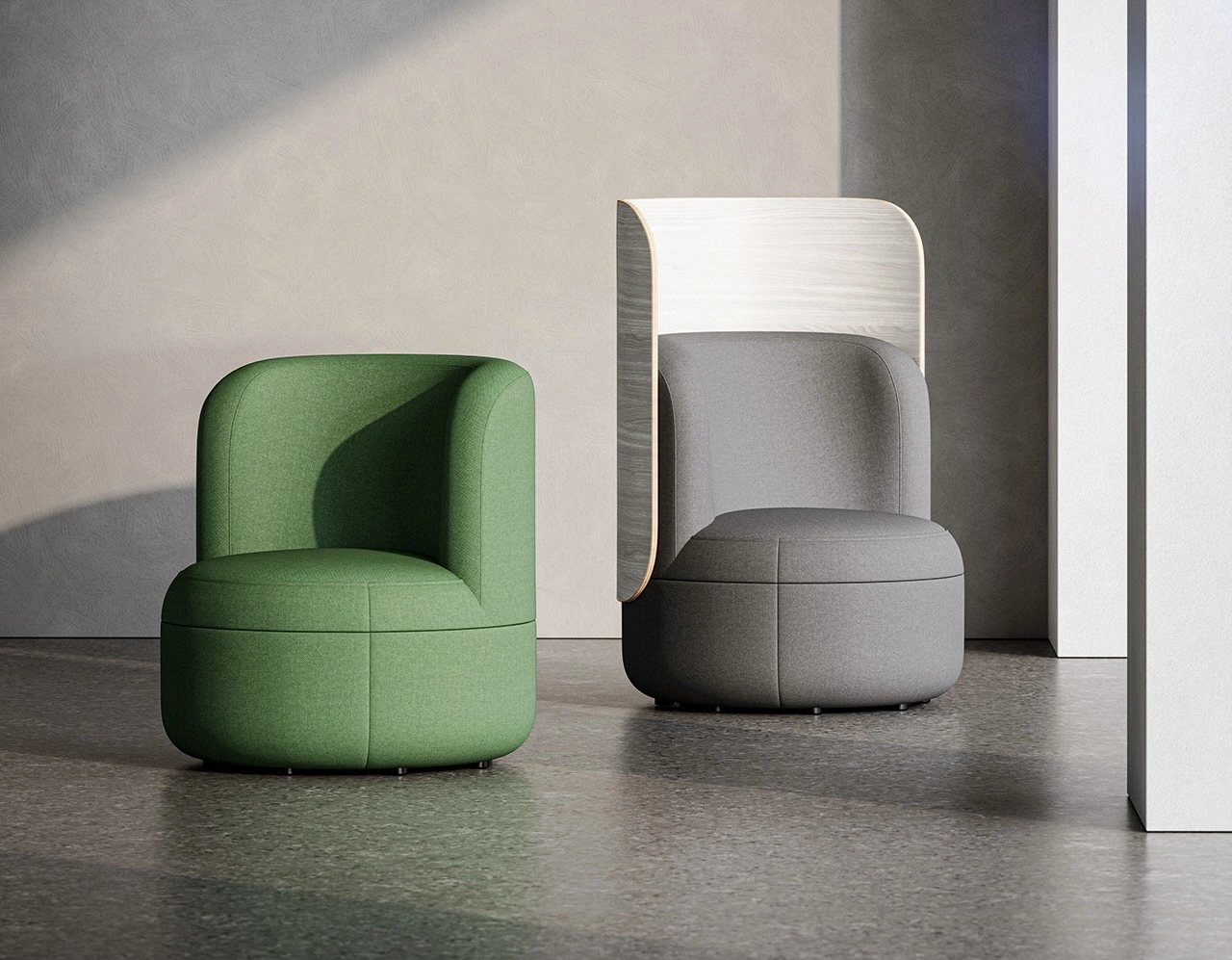In a move that could redefine the automotive industry once again, Elon Musk has introduced Tesla’s latest innovation—the Cybercab, a futuristic self-driving vehicle designed to serve as a fully autonomous robotaxi. Unveiled during Tesla’s latest product showcase, the Cybercab aims to revolutionize urban transportation and take Tesla to new heights by fulfilling Musk’s long-held vision of a sustainable, AI-driven taxi fleet.
The Cybercab: A Glimpse into the Future
The Cybercab, inspired by Tesla’s Cybertruck, features a striking design that blends the rugged, angular aesthetic of the truck with the sleek, minimalistic elements Tesla is known for. The prototype presented by Musk showcases a spacious interior, devoid of traditional driver controls, underscoring its status as a purely autonomous vehicle. Outfitted with Tesla’s latest Full Self-Driving (FSD) hardware and AI, the Cybercab is engineered to navigate complex city environments, handle passenger pickups and drop-offs, and optimize route efficiency—all without human intervention.
Musk highlighted that the Cybercab is more than just a new vehicle—it’s the centerpiece of Tesla’s ambitious robotaxi program, which he believes will significantly reduce the cost of transportation while promoting a sustainable future. “This is what the future of transportation looks like,” Musk said during the unveiling. “The Cybercab will be at the forefront of Tesla’s mission to accelerate the world’s transition to sustainable energy.”
Redefining Ride-Hailing Services
The Cybercab is set to compete with traditional ride-hailing services, offering a fully automated experience that could make human-driven taxis a thing of the past. By eliminating the need for a driver, Tesla aims to slash the cost per mile of travel, making robotaxis a more affordable and efficient option for urban commutes. Musk envisions a future where Tesla owners can send their cars out as robotaxis when not in use, creating a passive income stream while contributing to a network of self-driving vehicles.
Additionally, the Cybercab’s energy efficiency and lack of emissions are in line with Tesla’s environmental goals. Designed to work seamlessly with Tesla’s infrastructure of Superchargers and solar-powered charging stations, the Cybercab could pave the way for a new era of zero-emission transportation.
Challenges and the Road Ahead
Despite Musk’s bold claims, the Cybercab faces numerous hurdles before it can become a reality. Autonomous driving technology is still under intense scrutiny from regulators worldwide, and Tesla’s FSD system, while advanced, has yet to achieve the level of autonomy needed for widespread deployment. There are also questions about how the Cybercab will navigate the complexities of urban driving, manage passenger interactions, and ensure safety in real-world conditions.
However, if any company can overcome these obstacles, it’s Tesla. With its history of pushing boundaries and turning futuristic concepts into tangible products, the Cybercab could very well be the catalyst that propels autonomous vehicles into the mainstream.
Impression
Musk has yet to confirm when the Cybercab will enter mass production or hit the streets, but he’s optimistic that it will be operational within the next few years. Tesla’s focus now will be on refining the vehicle’s AI and testing its capabilities in various real-world scenarios. If successful, the Cybercab could not only transform Tesla’s business model but also reshape the future of transportation itself.
As the automotive world watches closely, one thing is clear: the race toward a fully autonomous, sustainable, and affordable transportation future is on—and with the Cybercab, Tesla is leading the charge.
No comments yet.








